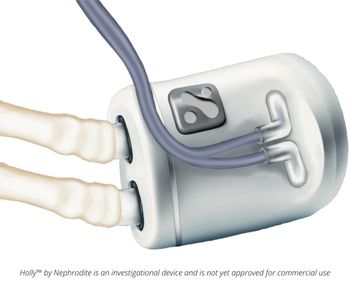
Key trends in health care technology
Results from the Relias 2025 Technology in Healthcare Report.
As the health care industry moves further into the digital age, the rapid evolution of technology is reshaping how care is delivered—and how care teams operate.
Health care organizations today are navigating a convergence of pressures: an aging population with increasing care needs, a persistent shortage of clinical staff, and rising operational costs. Technology is widely viewed as a strategic asset that could help organizations do more with less—automating routine tasks, supporting clinical decision-making, and improving the patient experience. Yet adoption often lags behind potential due to cultural resistance, budget limitations, and
At the same time, the industry is grappling with how to ensure new tools truly support—not replace—the human connection at the heart of care. Clinicians continue to cite burnout, staffing stress, and time constraints as major challenges. Technology is increasingly seen as a way to alleviate these burdens if implemented thoughtfully and collaboratively between leadership and front-line teams.
The move toward integrated platforms and data-driven technology strategies represents the next major shift in health care transformation. Organizations that can align technology investments with workforce support, training infrastructure, and patient engagement strategies are poised to lead in the emerging digital health care environment. This transformation is not merely about implementing new tools—it is about redefining how care teams function in a connected, technology-enabled future. Here are the key findings from the
Newsletter
Stay informed and empowered with Medical Economics enewsletter, delivering expert insights, financial strategies, practice management tips and technology trends — tailored for today’s physicians.














